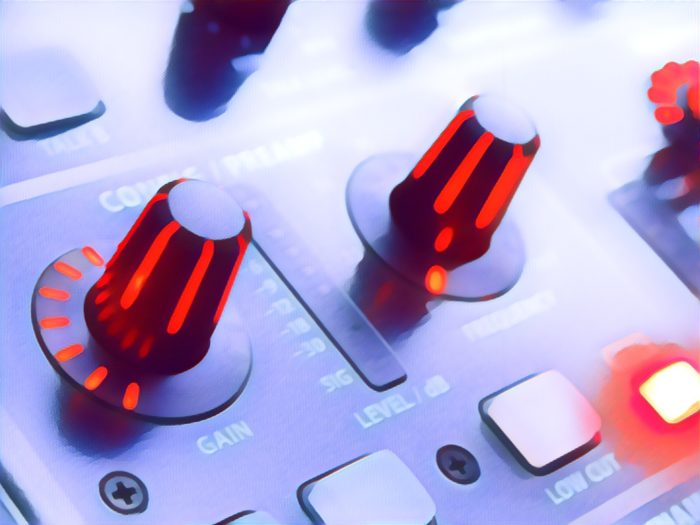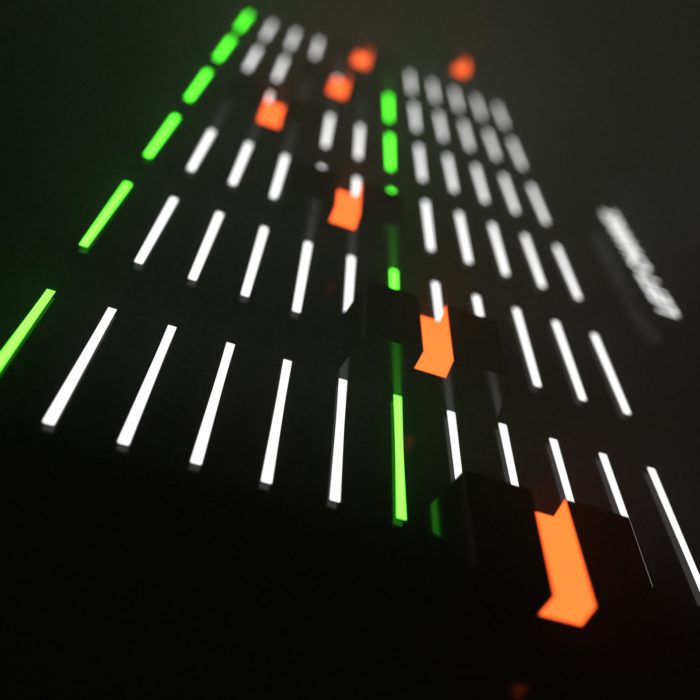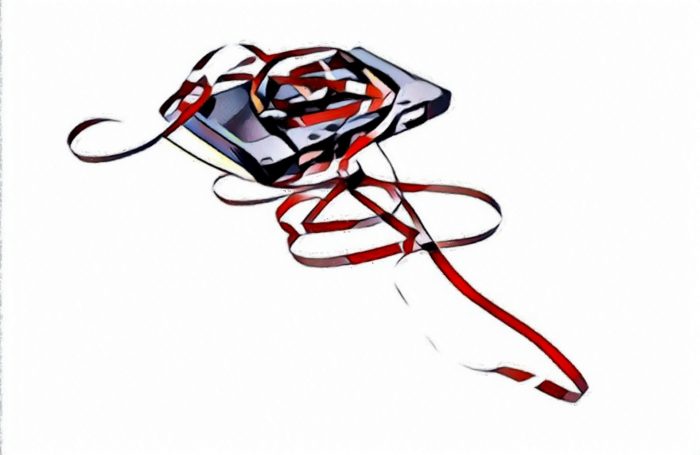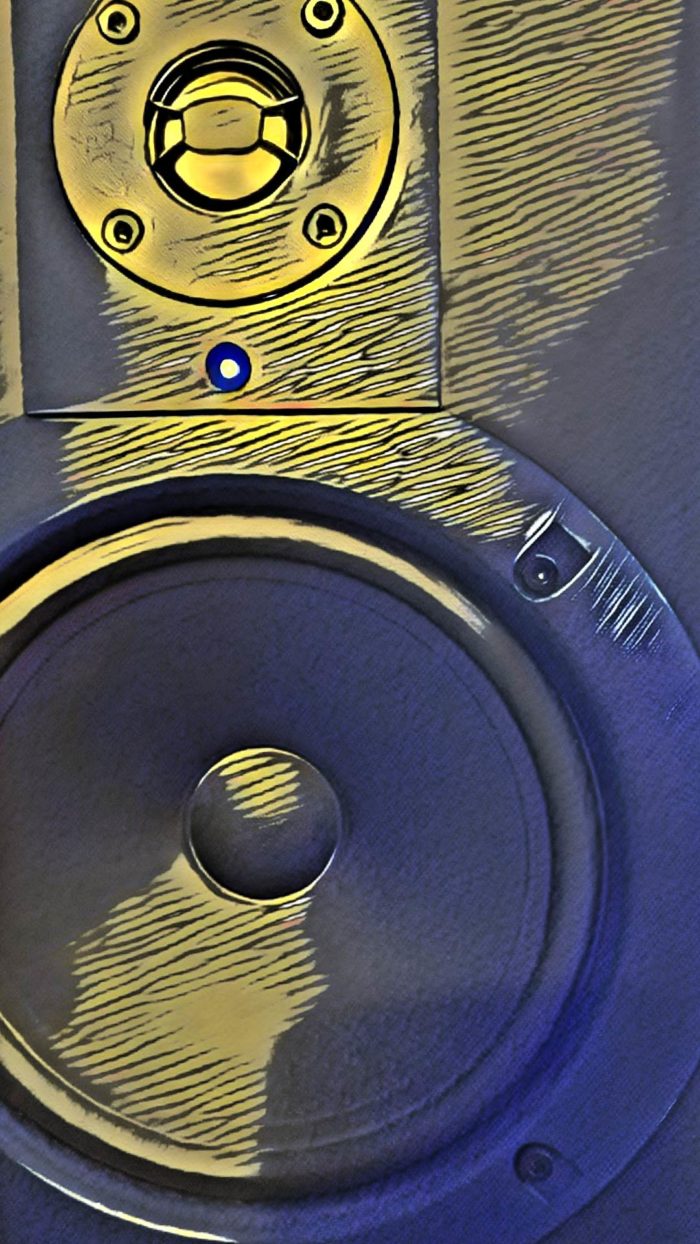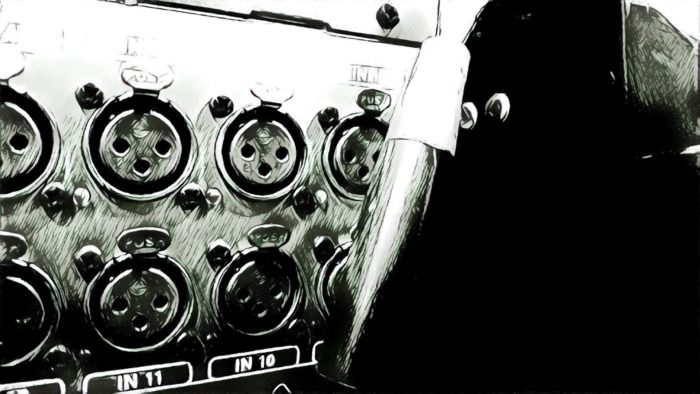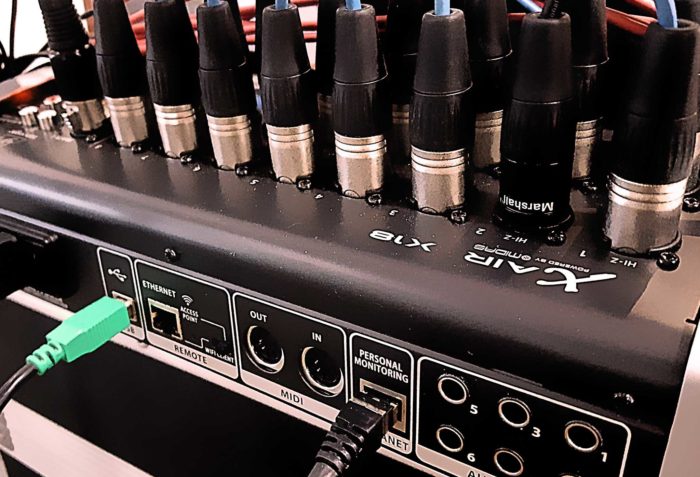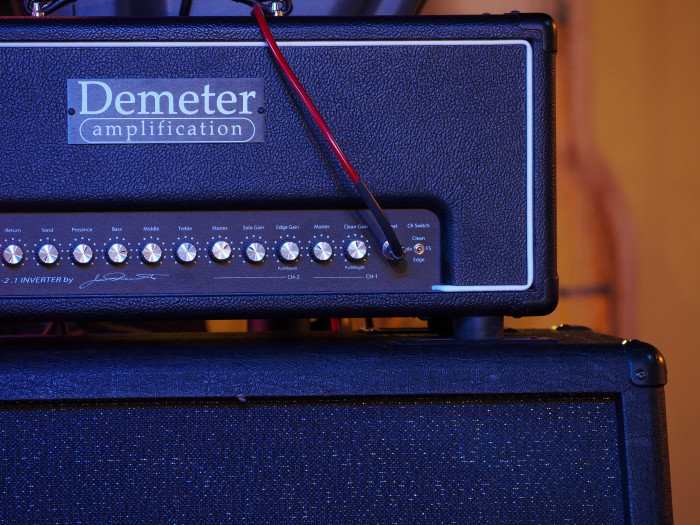Care about everything you can, then be okay with everything else.
Please Remember:
The opinions expressed are mine only. These opinions do not necessarily reflect anybody else’s opinions. I do not own, operate, manage, or represent any band, venue, or company that I talk about, unless explicitly noted.

 Want to use this image for something else? Great! Click it for the link to a high-res or resolution-independent version.
Want to use this image for something else? Great! Click it for the link to a high-res or resolution-independent version.A letter to myself and others:
You can’t please everybody all the time.
You can try, of course, and you should. Show production is a service industry that’s always been a service industry. It always will be. Getting the maximum number of people to be delighted with the show IS your job.
But 100% satisfaction for everybody is very difficult to get to. Somebody will always manage to sit in the seat where the PA coverage isn’t quite right. Somebody will inevitably wonder why you didn’t make Band A sound like Band B, even though Band A has made arrangement choices such that they CAN’T sound like Band B. You will never have enough subwoofer for “that one guy.” Someone is going to lecture you on how their preferred snare-drum sound is THE key to a rock mix.
There is nothing so good that someone, somewhere will not hate it. So says Pohl’s law, if the Intertubes are to be believed.
You’re going to have to make choices about what to prioritize. That’s part of sitting in any of the chairs involved in show control. By necessity, you will be making choices (many of them, at high speed) that have real – though usually ephemeral and ultimately benign – effects on the lives of a sizable number of people. You must therefore cultivate an assuredness, an appropriate level of confidence that you are doing the right thing. Beyond having a strong appreciation of personal and collective aesthetics, this confidence will be greatly bolstered by understanding the physics involved in this job. If you know what’s possible and what’s not, you will be less rattled when someone accuses you of not having done the right thing…when their right thing wasn’t a feasible thing anyway.
It’s right to take all concerns seriously, but not all concerns can be treated with the same level of seriousness. Start by making as many musicians as happy as you can. That’s your baseline. If you get the baseline done, and somebody else isn’t happy, consider if that person is writing the checks for the event. If so, working out a compromise will probably be in order. An extreme case might require that you just do as you’re told. After you get that squared away, you can start being concerned about other considerations brought to your attention. If you can take care of them without changing the happiness level of the check-writer or the players, go ahead.
If not, be polite, but don’t worry too much. Even big-dollar gigs can’t deploy enough gear to fix everything.
Do your best, have fun, and try to get as many other people to have at least as much fun as you’re having. Do maintain care for the outliers, but don’t agonize. It won’t get you anything, anyway.
